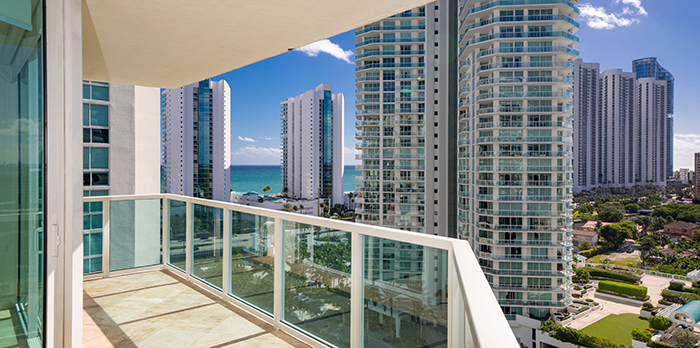A condo insurance policy covers the fixtures and personal belongings inside your unit for scenarios such as theft, fire, and wind damage. Below are the types of coverage your condo policy will typically include.
Dwelling coverage is the part of a condo policy that covers your unit’s built-in fixtures. Under Florida law, an association’s master policy can’t cover the following within an individual condo unit:
- Flooring or carpet.
- Wall or ceiling coverings.
- Electrical fixtures.
- Appliances.
- Water heaters or filters.
- Built-in countertops and cabinets.
- Drapes, blinds, or other window treatments.
Personal
property is for all your stuff — furniture, electronic devices, clothes, books, knickknacks and even that ice cream maker you never use. If these items are stolen or destroyed, personal property coverage would pay to replace them (minus your deductible).
Ask your agent whether your policy covers your belongings on an actual cash value (ACV) or a replacement cost basis. ACV coverage is cheaper, but you may not get enough of a payout to buy brand-new replacement items after a claim.
Loss of use kicks in if you can’t live in your condo after a covered disaster. For instance, loss of use coverage could pay for a hotel stay while contractors repair your condo after a kitchen fire.
Personal liability offers financial protection if you accidentally harm someone else or their property. It can cover things like:
- Legal bills if someone sues you after your dog bites them at the park.
- Medical expenses if someone gets hurt in your condo.
- The cost to replace your neighbor’s window if your shot goes awry from the condo’s golf course.
Consider choosing at least enough liability coverage to protect all your assets, including your home and investments.
Medicalpayments can pay for medical treatment if someone is injured in your unit. However, it has a much lower coverage limit and doesn’t require you to be found responsible for the injury.
Loss assessment is a fee your association may charge you and other unit owners for damage to a shared space, or a liability claim against the association. One example might be wind damage from a hurricane that exceeds the association’s coverage limit. In other cases, the association’s master policy might have a hefty deductible that’s divided among all the owners. Loss assessment coverage could help with such costs.






